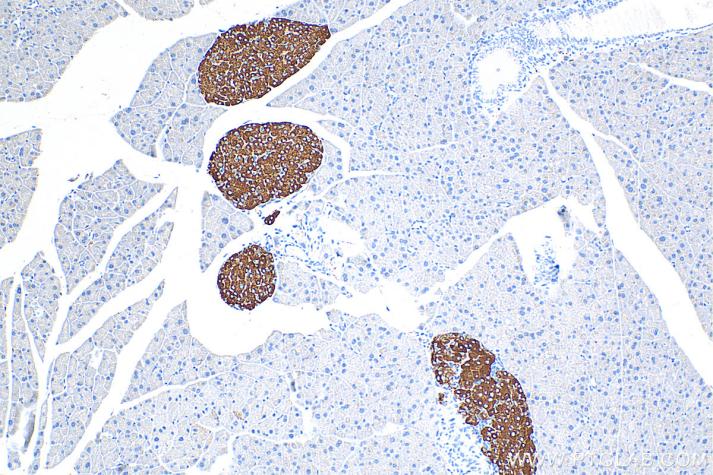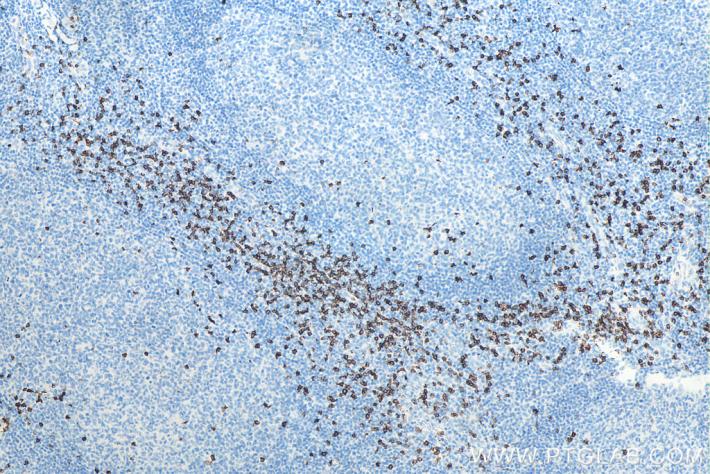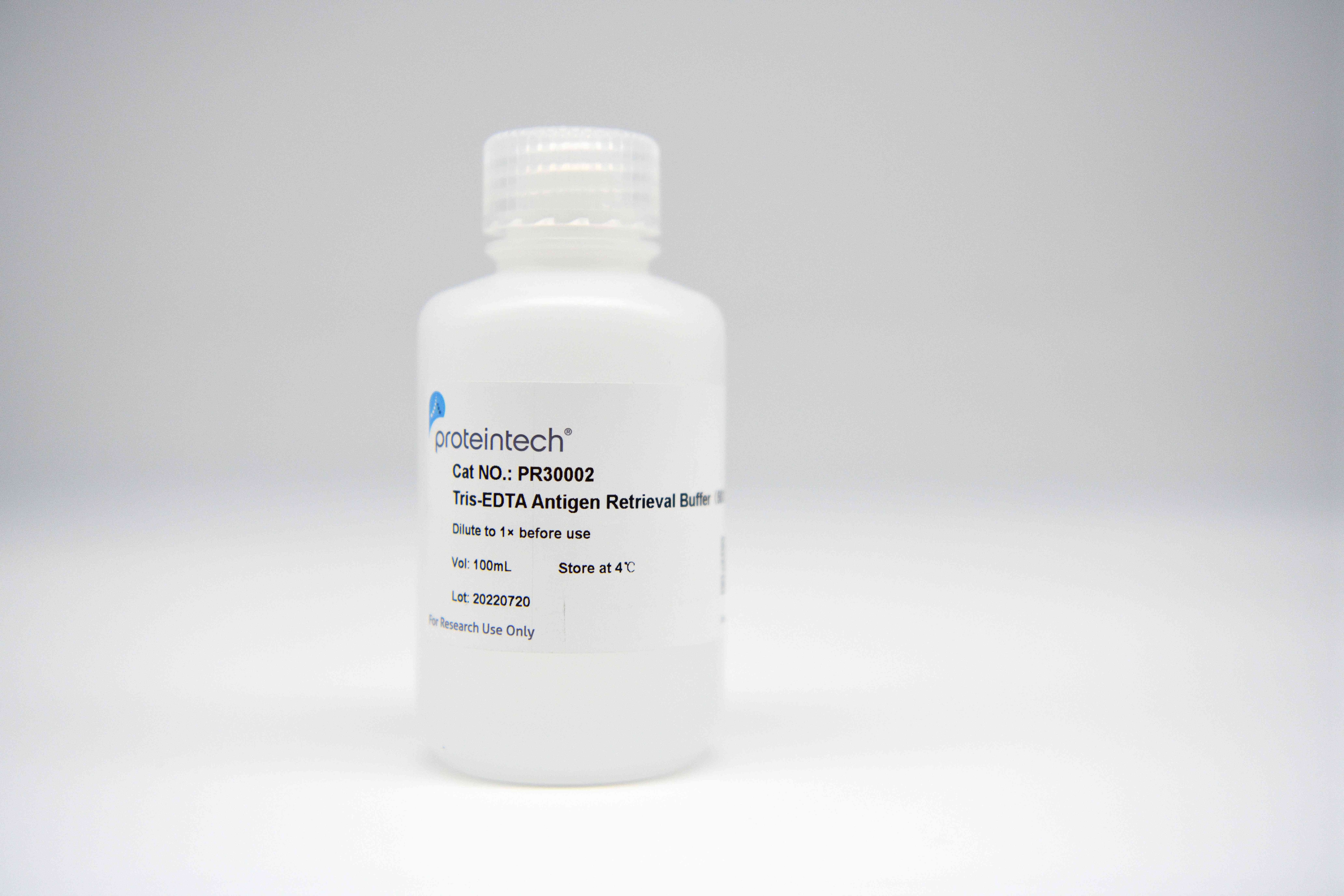Product Information
PR30002 is a Tris-EDTA based solution that can be used for performing heat-induced epitope retrieval (HIER) in immunohistochemistry applications. While treating tissues with formalin and xylene are necessary steps for fixation and deparaffinization in an immunohistochemistry workflow, such treatments often result in protein cross-linking leading to the masking of antigenic sites and the subsequent inhibition of antigen-antibody interactions. Antigen retrieval helps restore the structure of such proteins by breaking the cross-links and unmasking the antigenic sites, thereby making them more accessible to antibodies.
Components
| Component | Size |
| Retrieval Buffer | 100 mL |
Storage
Stored at 2-8°C. This product is stable for 6 months from the date of receipt.
Usage
1. Prepare slides from tissues sections following routine methods. Deparaffinize tissues with xylene and re-hydrate using a decreasing ethanol gradient.
2. Use concentrated PR30002 (Tris-EDTA Antigen Retrieval Buffer 50x) to prepare a solution by adding the concentrated buffer to ddH2O. For example, to make 500 mL of 1x working solution, dilute 10 mL PR30002 with 490 mL ddH2O.
* 500 mL of prepared 1x antigen retrieval buffer in a 1 L beaker should be suitable for 1 or 2 slide baskets.
3. Heat buffer solution to 95-98°C with a heating element.
* Cover the beaker with a lid or foil to avoid vaporizing/vapor inhalation.
4. Place slide basket into heated antigen retrieval buffer. Maintain this temperature while incubating for 15-20 minutes.
5. Remove the beaker from heat and let it cool to room temperature (takes 35-40 minutes).
6. Perform subsequent steps of quenching, blocking, primary and secondary antibody incubation, signal development, counter staining and mounting before analyzing the slides.
Application Note
1. Dilute to 1x before use.
2. Calculate how much antigen retrieval buffer will be needed for the experiment to prepare an appropriate amount of 1x working solution. The working solution has a shorter shelf life than the concentrate.
Cited in Article as
pr30002, Tris-EDTA Antigen Retrieval Buffer (50×), Proteintech, IL, USA
Documentation
| SDS |
|---|
| Tris-EDTA Antigen Retrieval Buffer (50X) Datasheet |
| Datasheet |
|---|
| Tris-EDTA Antigen Retrieval Buffer (50X) Datasheet |
Publications
| Application | Title |
|---|---|
Cell Mol Biol Lett The role of NPY2R/NFATc1/DYRK1A regulatory axis in sebaceous glands for sebum synthesis | |
Front Pharmacol Deletion of Smooth Muscle Lethal Giant Larvae 1 Promotes Neointimal Hyperplasia in Mice. | |
Interact Cardiovasc Thorac Surg Atrial endocardial expression of von Willebrand factor and thrombomodulin is associated with recurrence after minimally invasive surgical atrial fibrillation ablation. | |
Res Sq Ascitic Shear Stress Activates GPCRs and Downregulates Mucin 15 to Promote Ovarian Cancer Malignancy | |
J Exp Clin Cancer Res SPP1+ macrophages promote head and neck squamous cell carcinoma progression by secreting TNF-α and IL-1β | |
Clin Exp Pharmacol Physiol Oroxin B Resembles Bisoprolol in Attenuating Beta1-Adrenergic Receptor Autoantibody-Induced Atrial Remodelling via the PTEN/AKT/mTOR Signalling Pathway |



